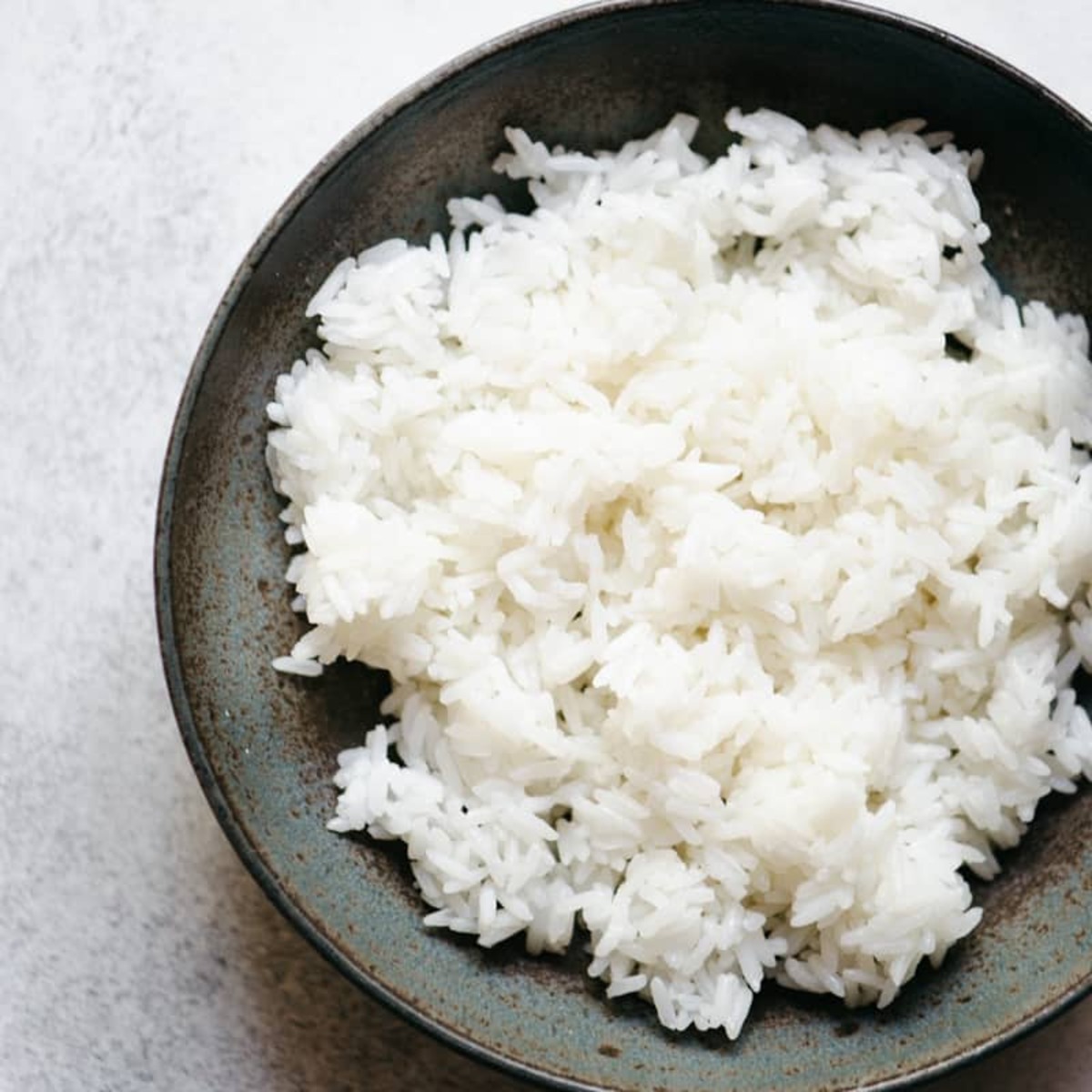

Articles
How To Cook Jasmine Rice In A Rice Cooker
Modified: February 21, 2024
Learn how to cook delicious jasmine rice using a rice cooker with our informative articles. Discover the best tips and techniques to achieve perfect results every time.
(Many of the links in this article redirect to a specific reviewed product. Your purchase of these products through affiliate links helps to generate commission for Storables.com, at no extra cost. Learn more)
Introduction
Welcome to the wonderful world of rice cookers! If you’re a fan of rice, chances are you appreciate the convenience that a rice cooker brings to your kitchen. And if you’ve ever tried cooking jasmine rice, you know that achieving the perfect texture and flavor can be a bit tricky. But fear not! In this article, we will guide you through the step-by-step process of cooking jasmine rice in a rice cooker, ensuring that you end up with fluffy, fragrant grains every time.
But before we delve into the specifics, let’s take a moment to understand what exactly jasmine rice is and why it’s worth cooking in a rice cooker.
Key Takeaways:
- Elevate your cooking with perfectly fluffy jasmine rice cooked in a rice cooker. Enjoy convenience, consistency, and nutrient preservation while creating versatile and flavorful meals.
- Embrace the fragrant and delicate nature of jasmine rice by serving it with curries, stir-fries, soups, and even desserts. Let your creativity shine with this versatile and elegant grain.
What is Jasmine Rice?
Jasmine rice, also known as fragrant rice, is a type of long-grain rice that originated in Thailand. It is renowned for its delicate aroma, soft texture, and slightly sweet flavor. The name “jasmine” comes from the jasmine flower, which has a similar scent to the cooked rice. This enticing fragrance makes jasmine rice a popular choice for many Asian dishes, especially Thai and Vietnamese cuisine.
Unlike other types of rice, jasmine rice has a distinct pearly white color and a tender, slightly sticky consistency when cooked. This makes it a versatile ingredient that can be enjoyed on its own as a side dish or mixed with various ingredients to create flavorful one-pot meals.
One of the reasons why jasmine rice is favored by many is its distinctive taste. The natural sweetness and floral notes of jasmine rice complement a wide range of dishes, including curries, stir-fries, and even desserts. Its soft texture also makes it particularly well-suited for dishes that require a bit of sauce or broth since it absorbs flavors beautifully.
Now that we’ve covered the basics of jasmine rice, let’s explore the benefits of using a rice cooker to cook this aromatic grain.
Benefits of Cooking Jasmine Rice in a Rice Cooker
When it comes to cooking jasmine rice, using a rice cooker offers several advantages that can elevate your cooking experience. Here are some of the key benefits:
- Convenience: Cooking jasmine rice in a rice cooker is incredibly convenient. Simply measure the rice and water, press a button, and let the rice cooker do its magic. You don’t have to worry about constantly monitoring the stove or adjusting the heat, as the rice cooker will automatically switch to the “keep warm” setting once the rice is perfectly cooked.
- Consistency: Rice cookers ensure consistent results every time. They are designed to cook rice evenly and prevent any burning or sticking to the bottom of the pot, which can be a common issue when cooking rice on the stovetop. This means you can enjoy fluffy, perfectly cooked jasmine rice with minimal effort.
- Time-saving: Cooking jasmine rice in a rice cooker saves you precious time in the kitchen. While the rice is cooking, you can focus on preparing other components of your meal or simply relax and attend to other tasks. Plus, most rice cookers have a built-in timer, allowing you to set the cooking time according to your needs.
- Preserves nutrients: Rice cookers are designed to retain the natural nutrients present in rice. By cooking jasmine rice in a rice cooker, you can ensure that the grains retain their nutritional value, providing you with a wholesome and satisfying meal.
- Versatility: Rice cookers are not limited to cooking rice. Many modern rice cookers come with additional features such as steaming trays, allowing you to steam vegetables, fish, or even make soups and stews. This versatility makes a rice cooker a valuable addition to any kitchen.
Overall, cooking jasmine rice in a rice cooker provides a hassle-free cooking experience, consistent results, and the convenience of multitasking in the kitchen. Now that you’re aware of the benefits, let’s move on to the step-by-step guide on how to cook jasmine rice in a rice cooker.
Step-by-Step Guide to Cooking Jasmine Rice in a Rice Cooker
Now it’s time to dive into the step-by-step process of cooking jasmine rice in a rice cooker. Follow these simple instructions, and you’ll have perfectly cooked jasmine rice in no time:
- Measure the rice: Begin by measuring the desired amount of jasmine rice. A general rule of thumb is to use 1 cup of rice for every 2 cups of water.
- Rinse the rice: Rinse the rice under cold water to remove any excess starch. Place the rice in a fine-mesh sieve or a colander and gently rinse until the water runs clear.
- Add water: Transfer the rinsed rice to the inner pot of the rice cooker. Add the appropriate amount of water according to the ratio mentioned earlier.
- Soak the rice (optional): Some people prefer to soak jasmine rice for 15-30 minutes before cooking to achieve a softer texture. If you choose to do so, let the rice soak in the water for the desired time.
- Start the cooking process: Place the inner pot back into the rice cooker and close the lid. Select the appropriate setting for jasmine rice or plain white rice, if available.
- Let it cook: Press the start button, and let the rice cooker do its job. Do not open the lid during the cooking process, as this can disrupt the cooking time and affect the end result.
- Allow for resting time: Once the cooking process is complete, let the rice sit in the rice cooker with the lid closed for about 10-15 minutes. This resting time allows the rice to steam and evenly distribute moisture, resulting in fluffy grains.
- Fluff and serve: After the resting time, gently fluff the rice with a fork to separate the grains and release any excess moisture. Your perfectly cooked jasmine rice is now ready to be served!
With these easy-to-follow steps, you can enjoy perfectly cooked and fragrant jasmine rice straight from your rice cooker. However, there are a few additional tips that can help you achieve the best results, which we’ll explore next.
Rinse the jasmine rice in a fine-mesh strainer before cooking to remove excess starch and improve the texture of the cooked rice.
Tips for Perfectly Cooked Jasmine Rice
While the process of cooking jasmine rice in a rice cooker is relatively straightforward, there are a few tips that can help you achieve the best results. Follow these tips to ensure your jasmine rice turns out perfectly cooked and full of flavor:
- Use the right rice-to-water ratio: The standard ratio for cooking jasmine rice is 1 cup of rice to 1.5 to 2 cups of water. Adjust the amount of water slightly based on your preference for a softer or firmer texture.
- Rinse the rice: Rinsing the rice before cooking helps remove excess starch and prevents the grains from becoming too sticky. Rinse the rice under cold water until the water runs clear.
- Soak the rice (optional): Soaking the rice for 15-30 minutes before cooking can help achieve a softer texture. This step is optional but can make a difference in the end result.
- Do not open the lid during cooking: Resist the temptation to open the rice cooker lid while the rice is cooking. Opening the lid can release steam and disrupt the cooking process, resulting in unevenly cooked rice.
- Let it rest: After the cooking process is complete, allow the rice to sit in the rice cooker with the lid closed for an additional 10-15 minutes. This resting time allows the rice to steam and absorb any remaining moisture, resulting in fluffy, perfectly cooked grains.
- Fluff with a fork: Once the rice has rested, use a fork to gently fluff the grains. This helps separate the rice and release any excess moisture, ensuring light and fluffy jasmine rice.
- Store properly: If you have leftovers, store the cooked jasmine rice in an airtight container in the refrigerator. Use it within a few days to maintain its freshness.
By following these tips, you’ll be able to consistently achieve perfectly cooked jasmine rice that is fragrant, fluffy, and full of flavor. Now that you have your beautifully cooked jasmine rice, let’s explore some delicious ways to serve it.
Serving Suggestions for Jasmine Rice
Jasmine rice is a versatile grain that pairs well with a wide variety of dishes. Its delicate flavor and fluffy texture make it the perfect accompaniment to many cuisines. Here are some delicious serving suggestions to elevate your jasmine rice:
- Curries: Jasmine rice is a classic choice to serve with aromatic curries such as Thai green curry or Indian butter chicken. The soft and fragrant rice absorbs the flavors of the curry, creating a harmonious and satisfying combination.
- Stir-fries: Jasmine rice pairs beautifully with stir-fried vegetables, tofu, or meat. Its light and fluffy texture provide a pleasant contrast to the crispiness of the stir-fried ingredients.
- Soups: Consider using jasmine rice as a base for hearty soups, such as chicken and rice soup or vegetable and rice soup. The rice adds a comforting element and helps thicken the broth.
- Bowl meals: Create delicious rice bowl meals by topping a bed of jasmine rice with your favorite protein, vegetables, and sauces. The rice acts as a neutral base that allows the flavors of the toppings to shine.
- Salads: Add a twist to your salads by using jasmine rice as a base. Mix in your preferred vegetables, protein, and dressing for a refreshing and satisfying grain salad.
- Sushi: Jasmine rice can be used as an alternative to sushi rice in sushi rolls or sashimi bowls. The slightly sticky texture of the rice helps hold the ingredients together.
- Desserts: Get creative and use jasmine rice in sweet dishes like rice pudding or mango sticky rice. The gentle fragrance of the rice adds a unique twist to these classic desserts.
These serving suggestions are just a starting point. Feel free to experiment with different flavors and cuisines to find your favorite combinations. With its versatility, jasmine rice can bring a touch of elegance and flavor to any meal.
Now that you have a better understanding of how to serve jasmine rice, let’s wrap up this article.
Conclusion
Jasmine rice is a delightful and versatile grain that can elevate your meals with its fragrant aroma and fluffy texture. By using a rice cooker to cook jasmine rice, you can enjoy the convenience of consistent results and time-saving cooking. The benefits of using a rice cooker, such as convenience, consistency, and preservation of nutrients, make it an indispensable tool in the kitchen.
With our step-by-step guide, you now have the knowledge to cook perfect jasmine rice in a rice cooker. Remember to rinse the rice, measure the water accurately, and let the rice rest after cooking for optimal results. Additionally, our tips for perfectly cooked jasmine rice will help you achieve the desired texture and flavor every time.
Whether you pair it with curries, stir-fries, soups, or salads, jasmine rice is a versatile grain that complements a wide range of dishes. Its delicate flavor and fluffy texture enhance the overall dining experience. Don’t be afraid to get creative and incorporate jasmine rice into new and exciting recipes.
So, why not dust off your rice cooker and give this beloved grain a try? With its aromatic fragrance and tender grains, jasmine rice is sure to impress your taste buds and add an extra touch of elegance to your meals. Enjoy the convenience and deliciousness of cooking jasmine rice in a rice cooker, and let it transport you to the vibrant and flavorful world of Asian cuisine.
Happy cooking and bon appétit!
Frequently Asked Questions about How To Cook Jasmine Rice In A Rice Cooker
Was this page helpful?
At Storables.com, we guarantee accurate and reliable information. Our content, validated by Expert Board Contributors, is crafted following stringent Editorial Policies. We're committed to providing you with well-researched, expert-backed insights for all your informational needs.
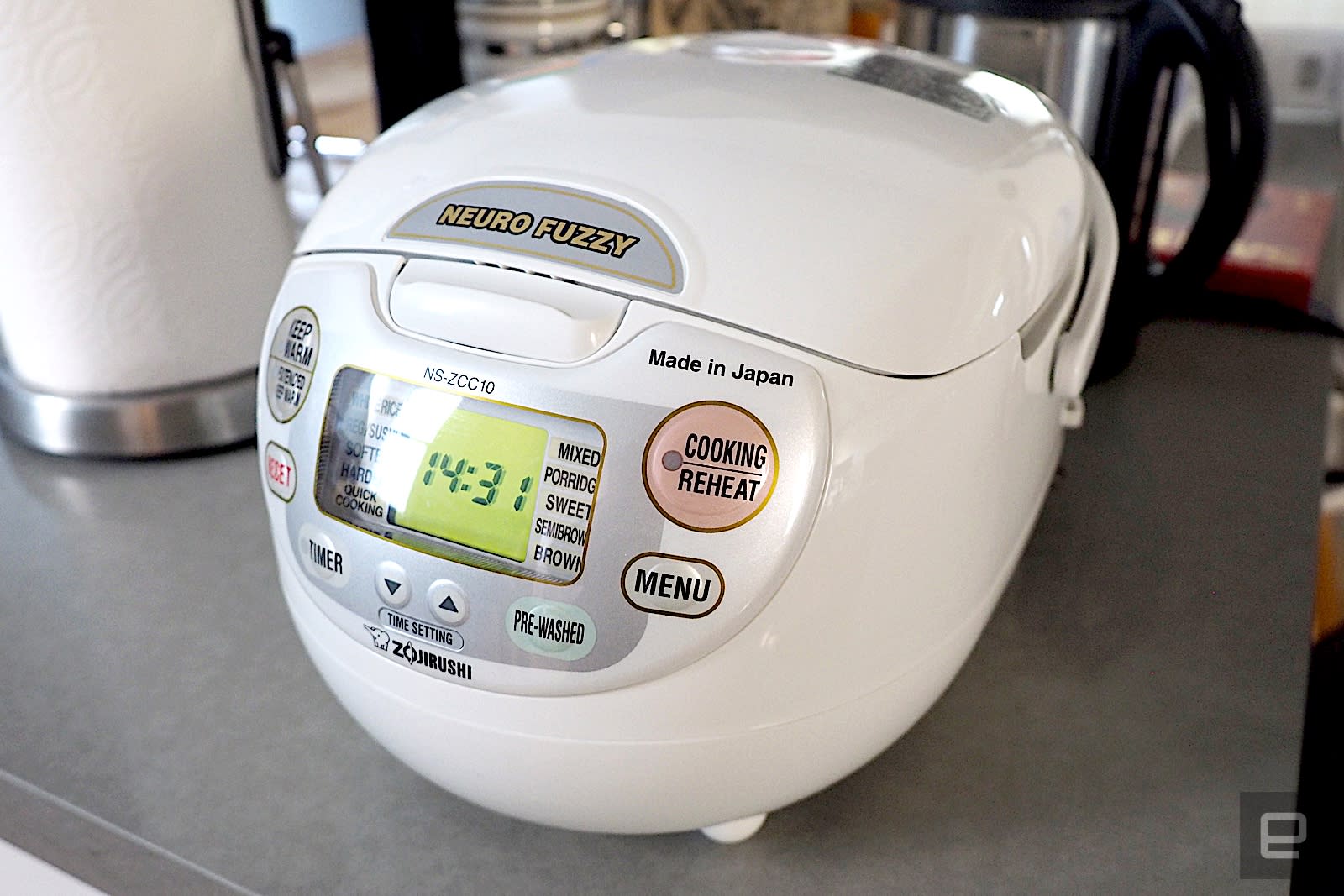
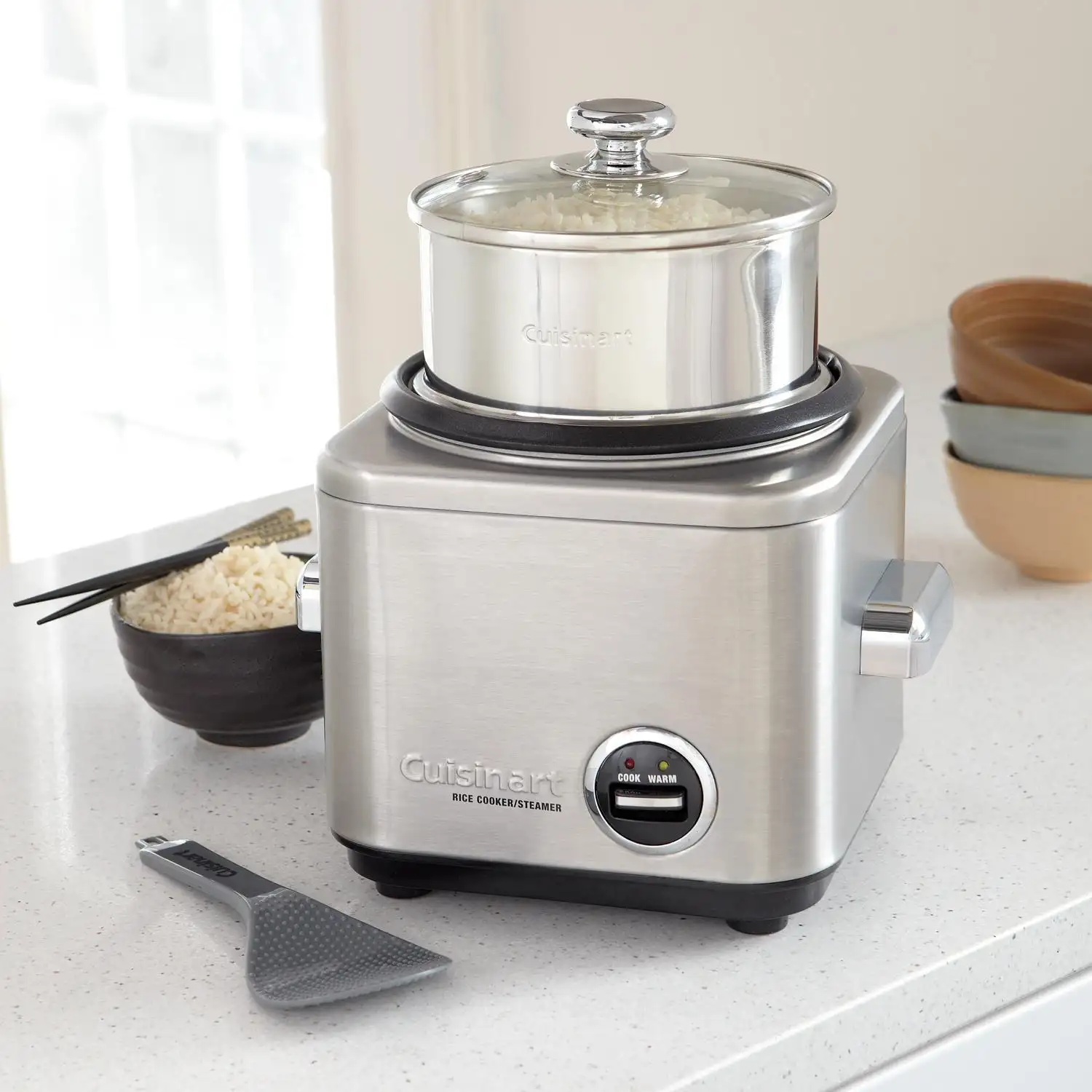
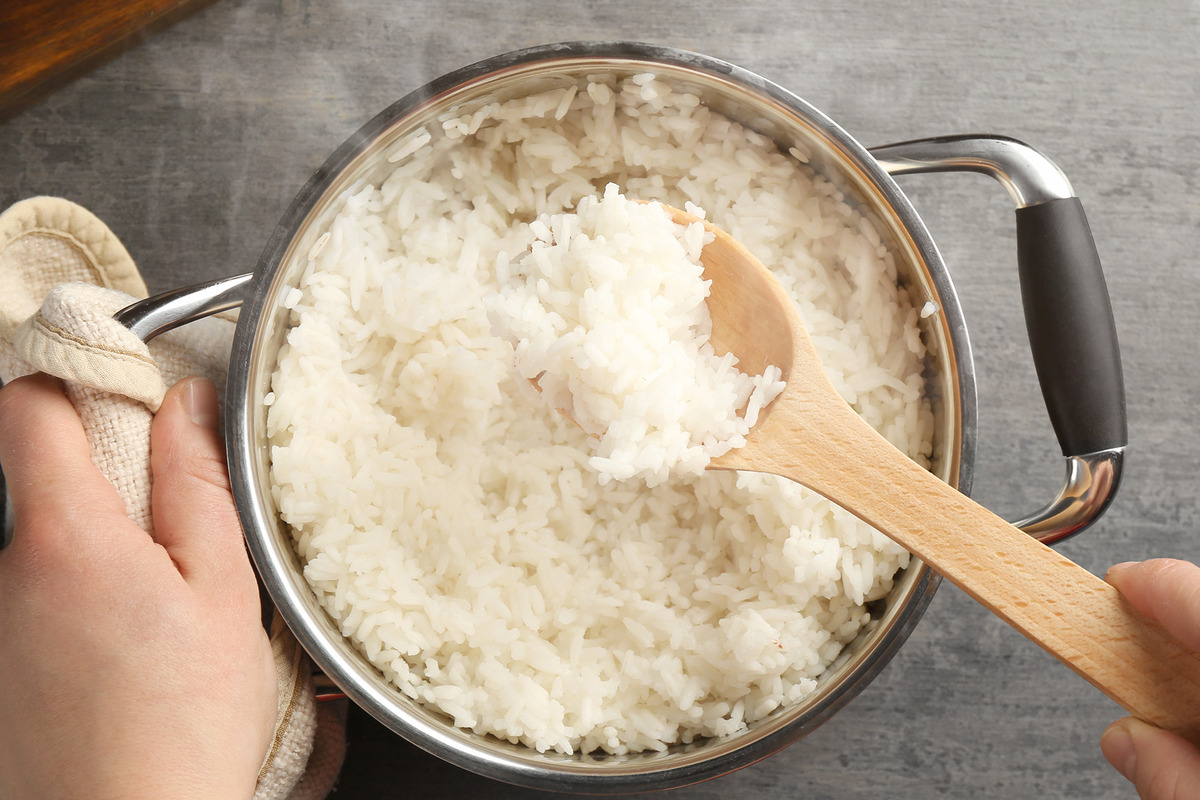

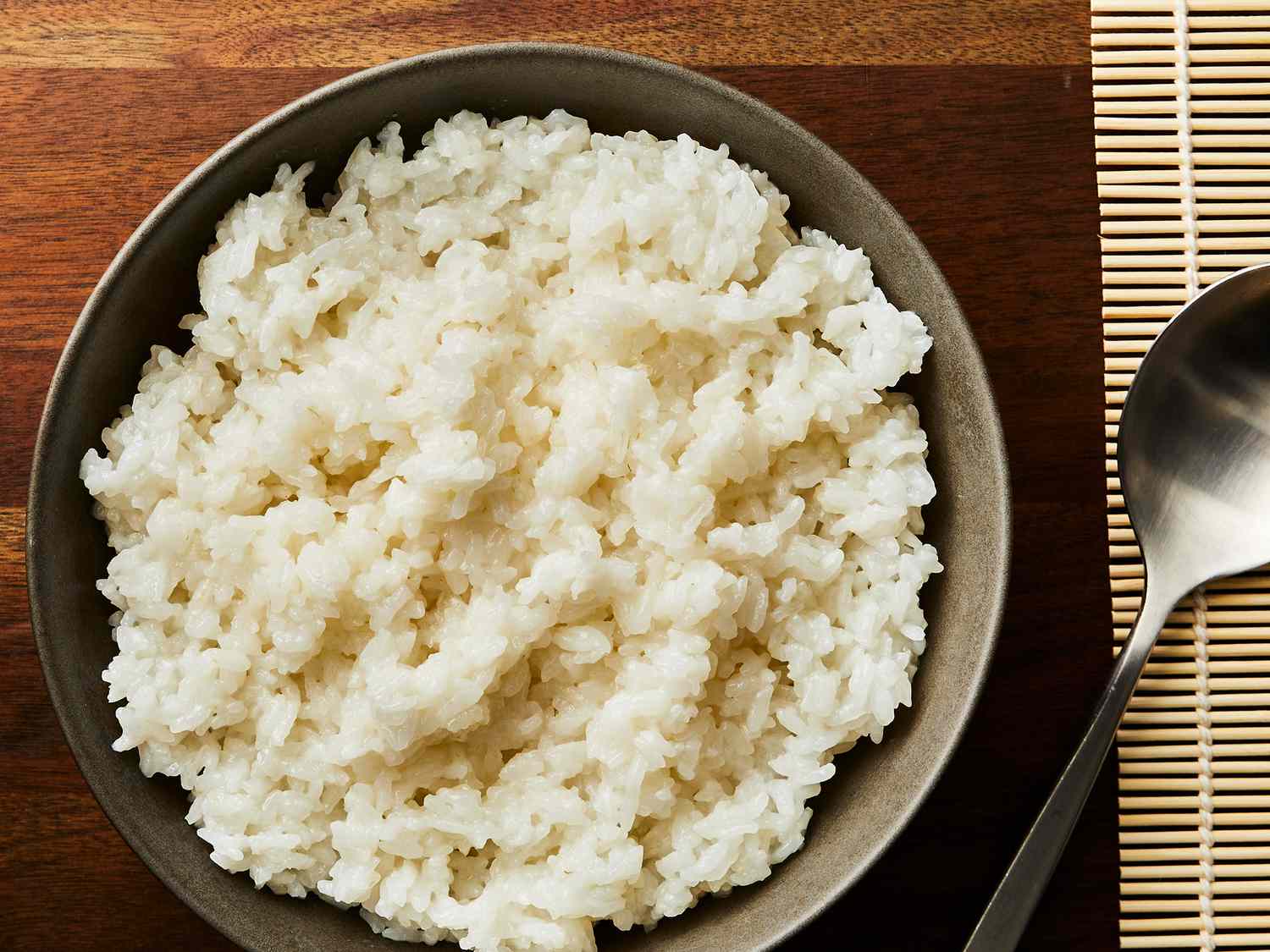
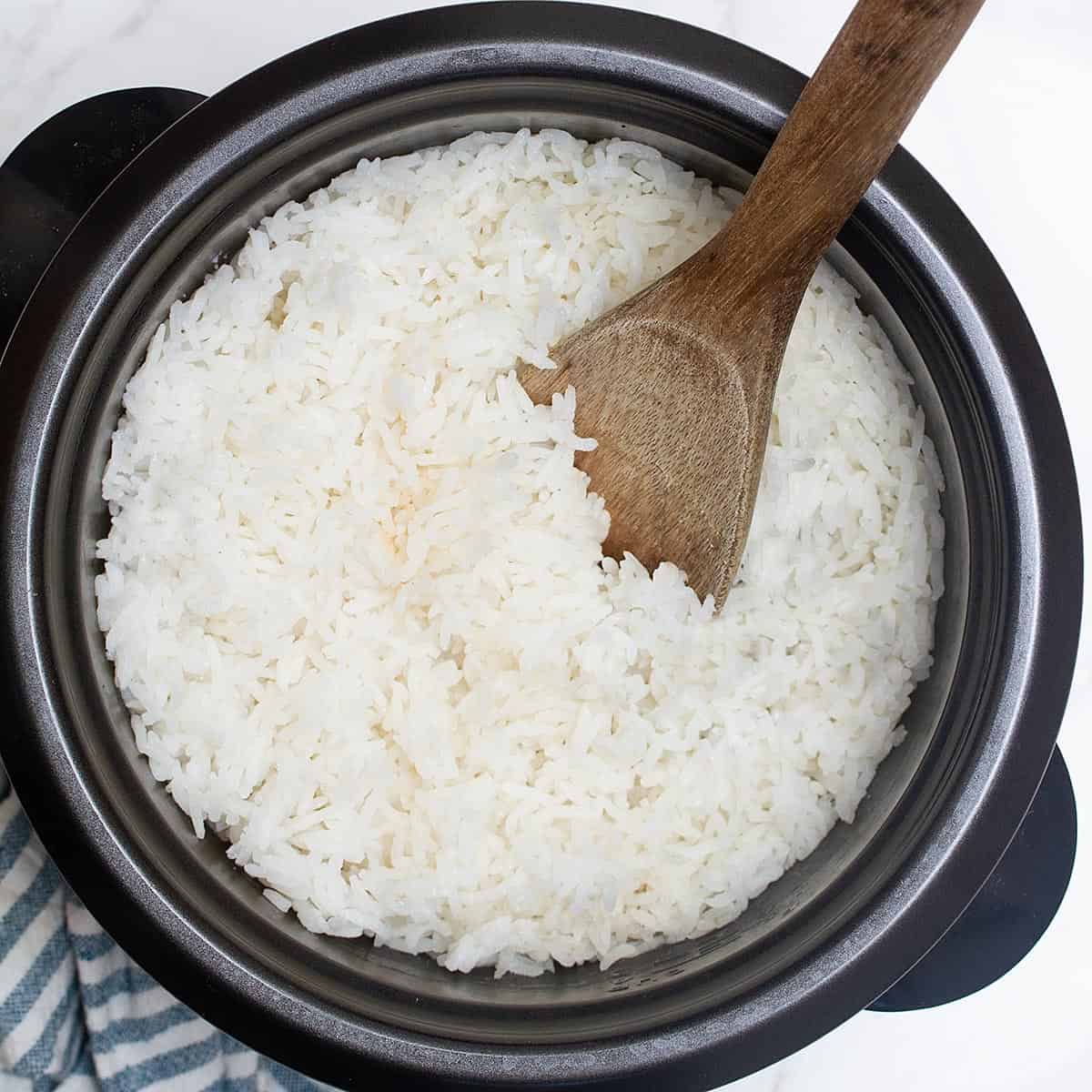
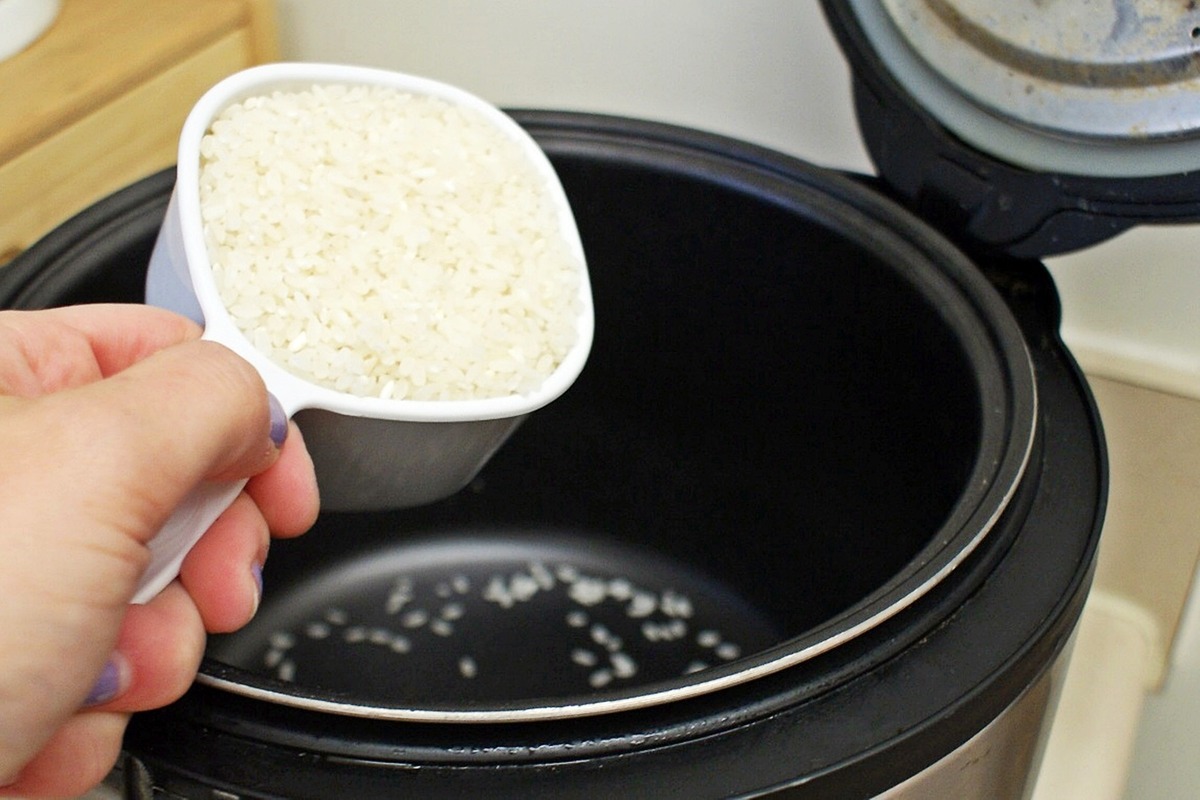
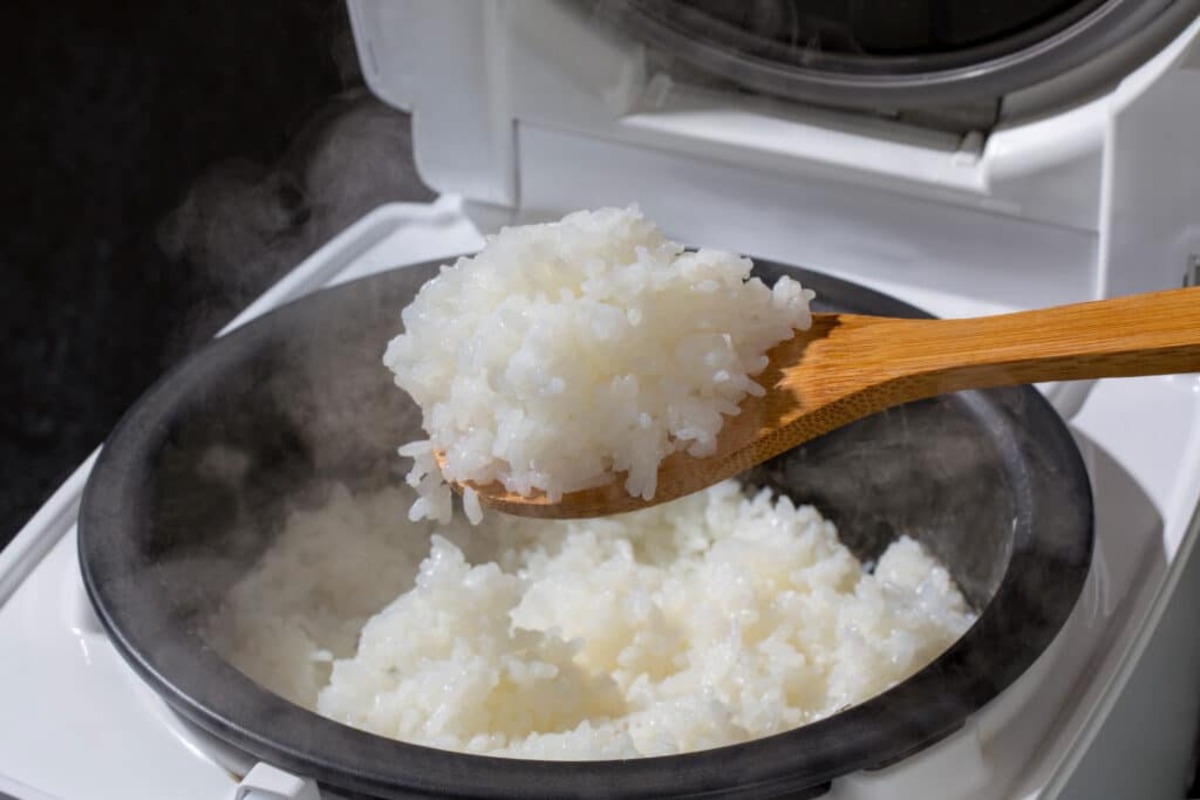
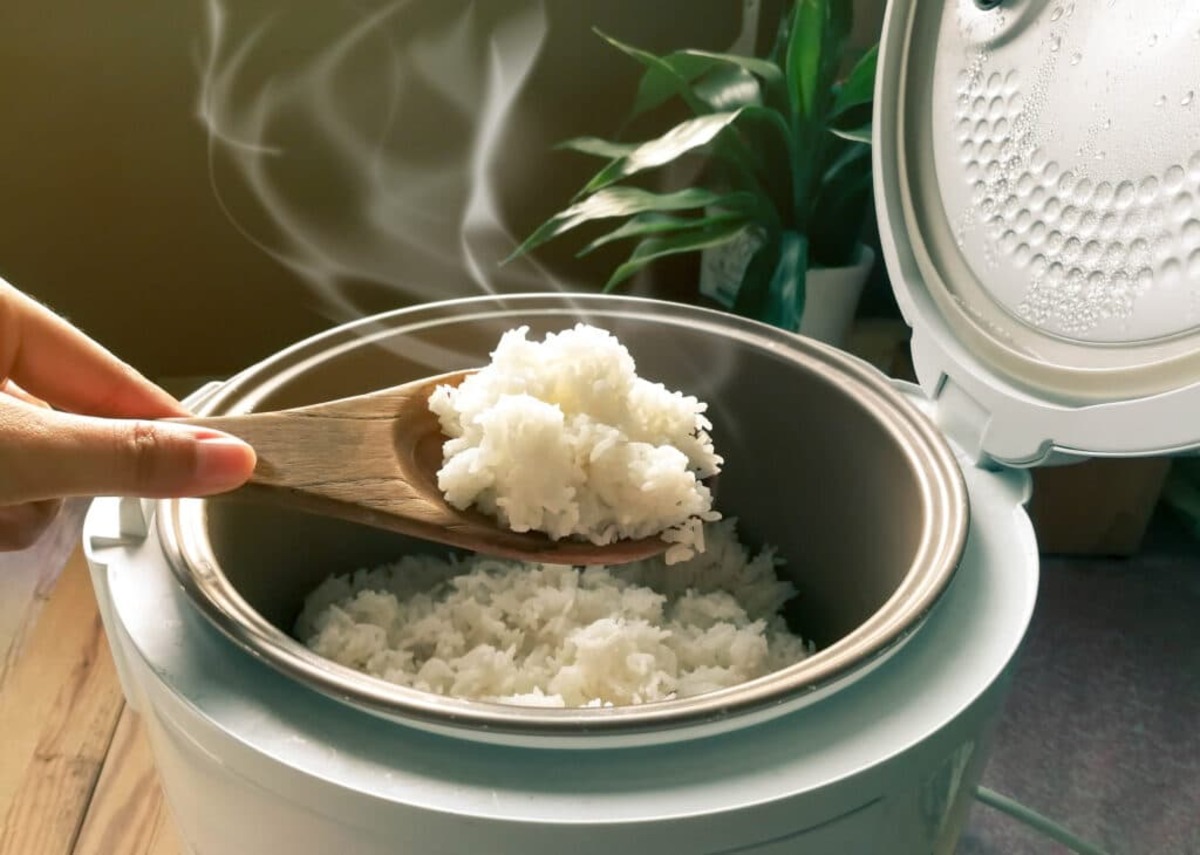
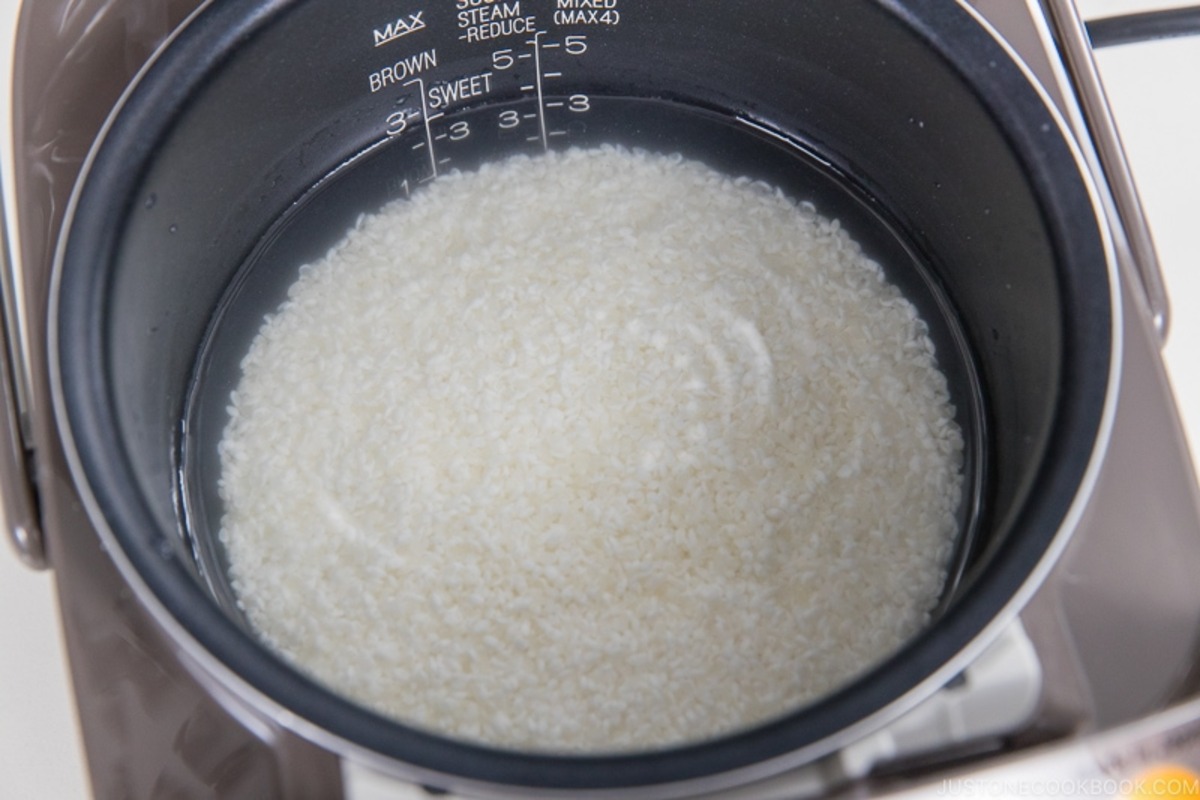
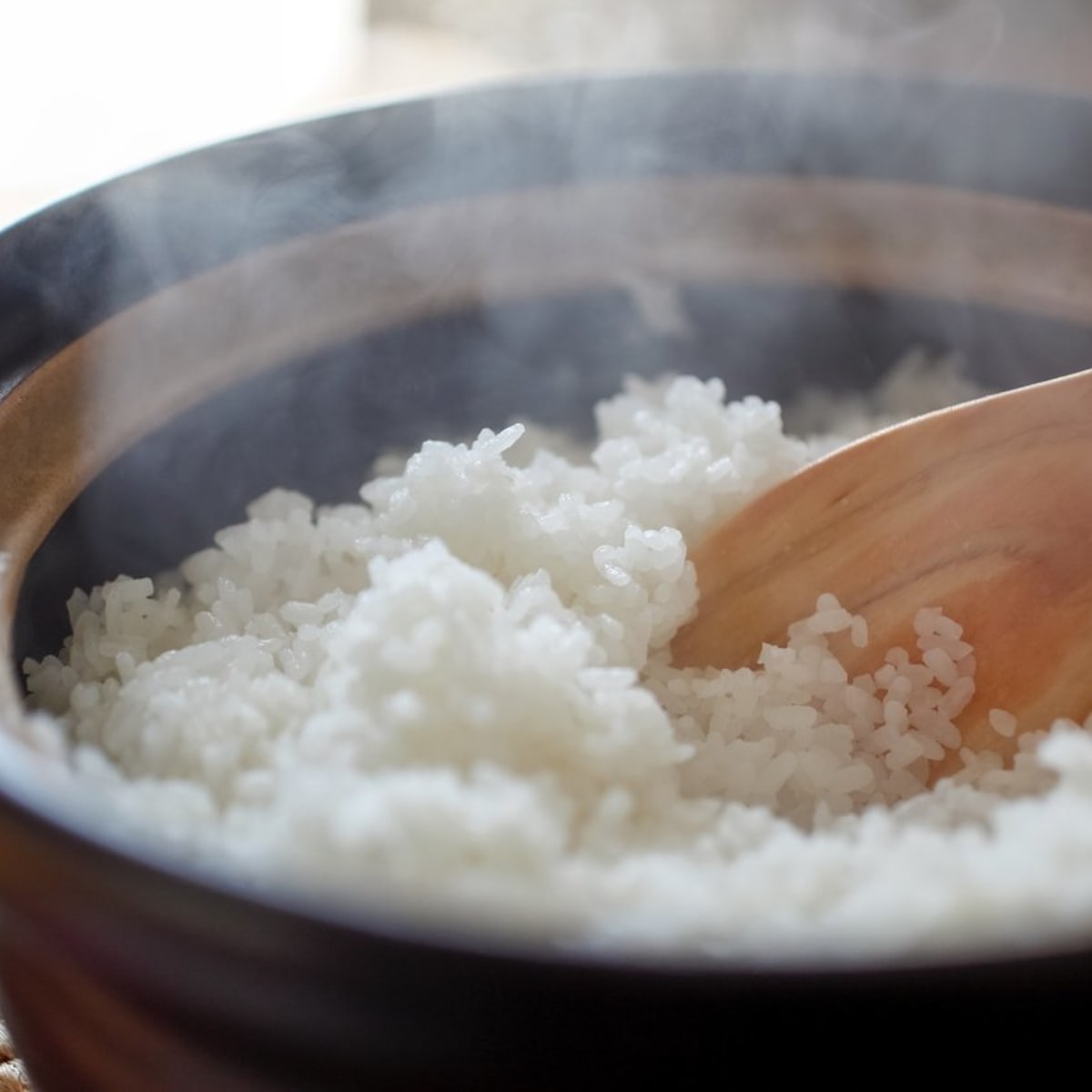
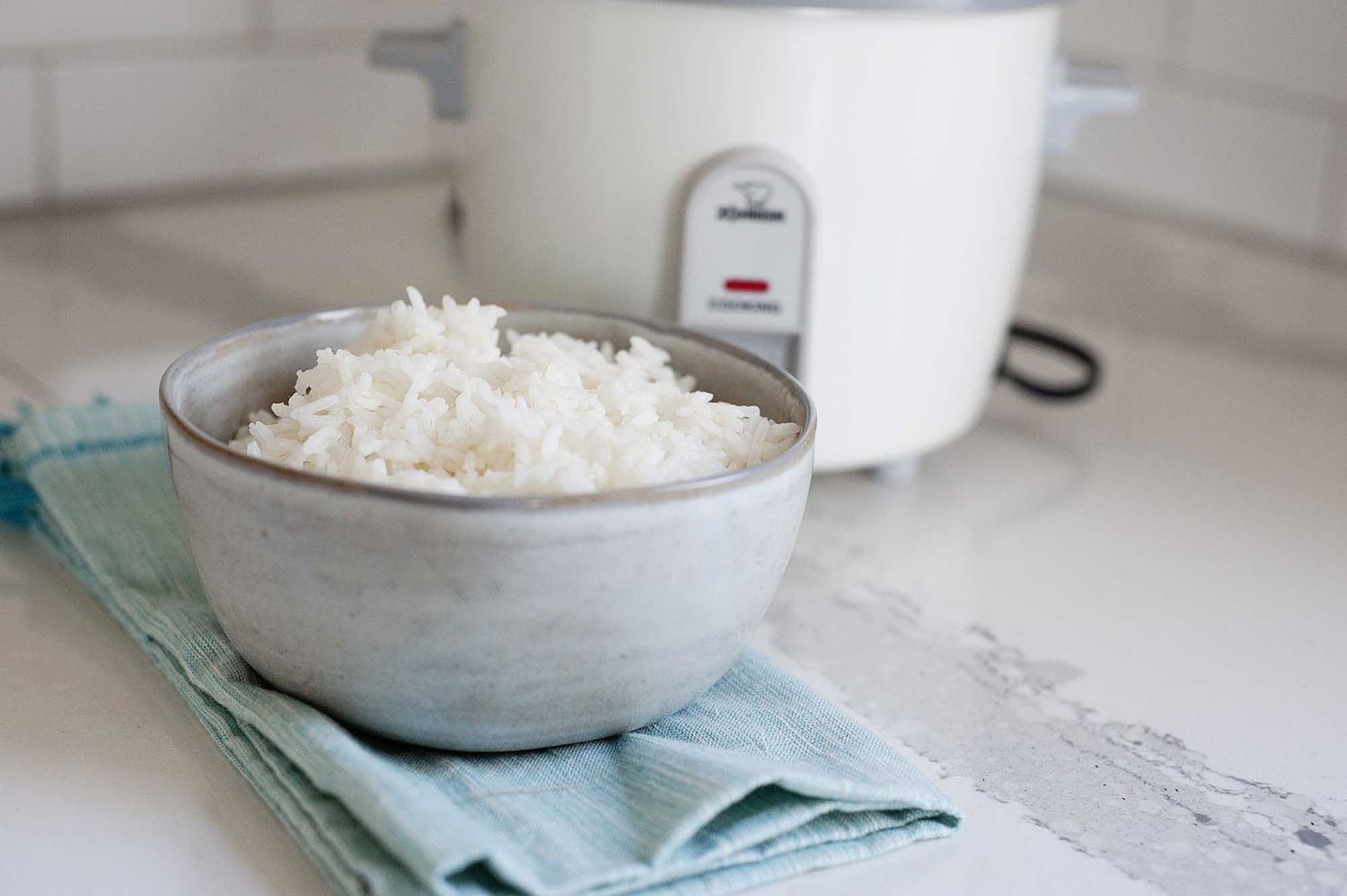
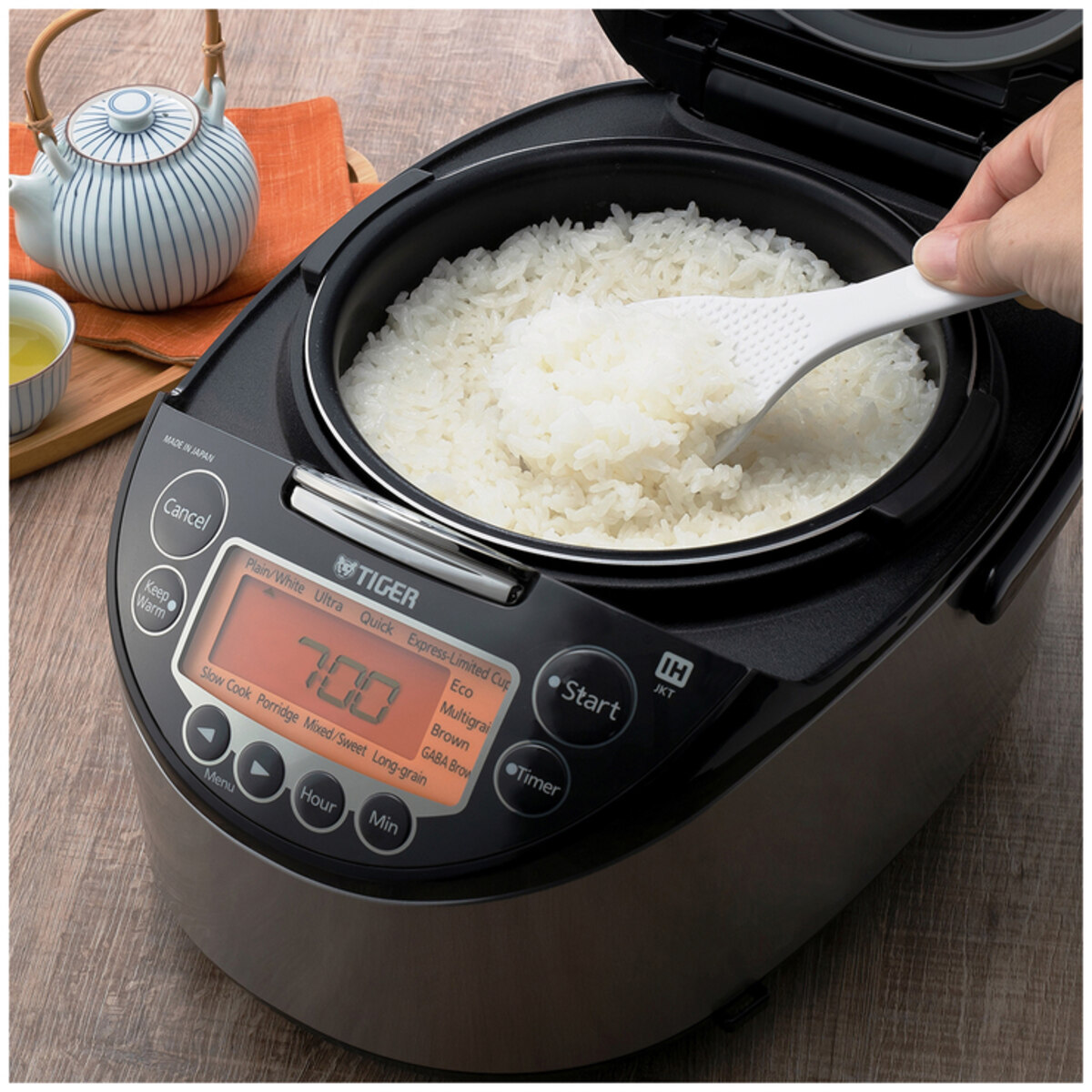


0 thoughts on “How To Cook Jasmine Rice In A Rice Cooker”